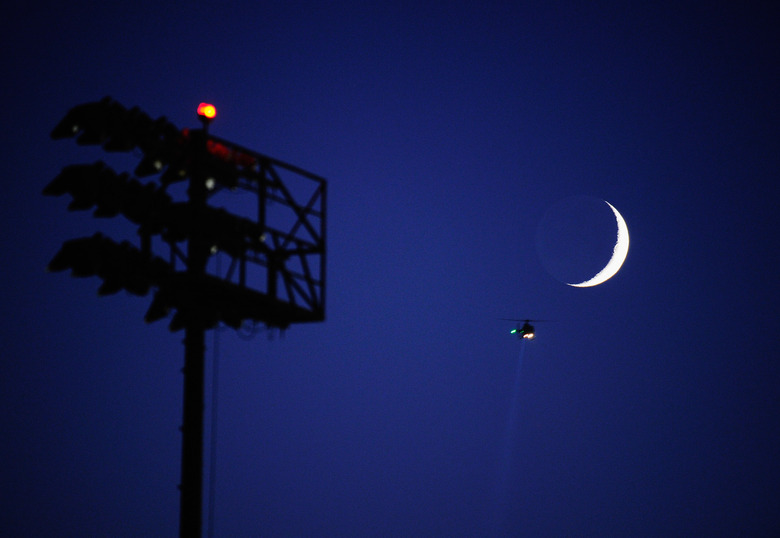What Causes Phases Of The Moon?
Though a relatively straightforward scientific phenomenon, the phases of the moon have long been considered mysterious by human culture. As a result, confusion often still surrounds the causes and processes that cause the different appearances of the moon to human eyes during nighttime hours.
What Is A Lunar Phase?
What Is A Lunar Phase?
A lunar phase is any period during the moon's regular orbit around the earth (lasting approximately a month) where the moon appears to us at night in different levels of shadows. The moon appears to be more or less visible at different phases during this cycle.
Myth vs. Fact
Myth vs. Fact
A common misconception about phases of the moon is that they occur as a result of the earth's shadow being cast upon the surface of the moon by the sun. In fact, it's much less common for the earth's shadow to appear on the moon due to the angle of the earth's tilt, and when this happens, it is known as an eclipse.
Lunar phases, on the other hand, are caused by the position of the moon in relation to the sun. When we see a portion of the moon shadowed and invisible, it is not because of the earth's shadow, but because the dark portion of the moon is the half that is turned away from the sun. Half of the moon is always in shadow and half is always illuminated, but we perceive different phases based on the moon's position in relation to us.
Full
Full
The moon is said to be in full phase (and is known as a "full moon") when the illuminated half of the moon is fully in position for us to see it. This occurs during the time when the earth, moon and sun are located in a relatively straight line with the earth between the moon and the sun. The tilt of the earth allows the moon to be illuminated, and we see side of the moon that is fully in sunlight.
New
New
The "new moon" phase of the lunar cycle happens when the sun, moon and earth are located in a straight line, with the moon between the earth and the sun. The illuminated portion of the moon is facing away from us at this time with the shadowed half of the moon facing towards us, making it appear nearly or totally invisible.
Waxing
Waxing
The moon is said to be in a "waxing" phase when it is moving from the new moon phase into the full moon phase. During this time, the amount of visible, illuminated moon will be gradually growing.
Waning
Waning
The moon is said to be in a "waning" phase when it is moving from the full moon phase into the new moon phase. During this time, the visible portion of the moon will appear to be shrinking.
Crescent
Crescent
A crescent moon occurs close to the new and full moon stages, whether the moon is waxing or waning. At this time, only a small sliver of the illuminated moon is visible to us.
References
Cite This Article
MLA
Vork, Lauren. "What Causes Phases Of The Moon?" sciencing.com, https://www.sciencing.com/causes-phases-moon-5379166/. 13 March 2018.
APA
Vork, Lauren. (2018, March 13). What Causes Phases Of The Moon?. sciencing.com. Retrieved from https://www.sciencing.com/causes-phases-moon-5379166/
Chicago
Vork, Lauren. What Causes Phases Of The Moon? last modified March 24, 2022. https://www.sciencing.com/causes-phases-moon-5379166/
